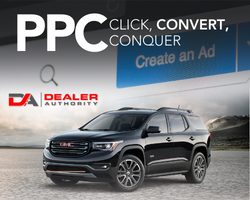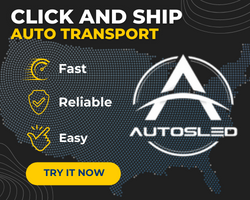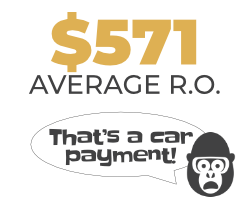E-commerce has increasingly become a platform for big-ticket purchases like TVs, mattresses and cars. Car buyers can not only complete online before stepping into a dealership, but in some cases, they can buy cars directly from web-based vendors, cutting out the traditional dealership entirely.
Sites like Carvana allow customers to buy a car online and then pick it up, or even have it delivered to their driveways. Meanwhile, behemoth retailer Amazon has started testing online car sales in Italy and recruiting top car executives in Europe – both signs that the e-commerce giant is positioning itself to enter the automotive sales industry in a big way.
Additional disruptive forces for traditional dealerships include the development of self-driving cars and vehicle subscription services. AutoNation, the largest new vehicle retailer in the U.S., has partnered with Waymo, Google’s self-driving car partner, to provide maintenance for driverless cars. Waymo also negotiated a partnership with Lyft for the development of a driverless ride-sharing service.
Another emerging business model is vehicle subscription, which gives customers the option to rent cars on a month-to-month basis. These services are quickly adding more affordable models to their lineups, and users sometimes have the option to change what type of vehicle they rent based on their needs that month. Ford and Cadillac are two brands that currently offer subscription services in select markets.
What Does This Mean for Dealerships?
Retailers across industries are impacted by changing consumer tastes – in general, today’s consumers recoil from strong sales pitches and gravitate toward helpful, low-pressure customer service and customer education. The shift toward online car-buying and other innovative options reveals that consumers are less interested in being sold a car and more interested quickly buying — or renting — a car without the traditional sales pressure.
Despite this shift, seventy percent of buyers report that they still want to visit a dealership to see a car in person, test drive it and learn about its technological features. To retain customers who still prefer walking into a physical dealerships, it’s critical to eliminate sales pressure and adapt to consumers’ evolving preferences.
Here are a few ways traditional dealerships can remain competitive in an age of Amazon, Carvana and other emerging competitors.
Rethink Employee Priorities
Realign your approach to customer service to prioritize experience over sales. An excellent customer service experience is what will close the deal and bring buyers back to your dealership.
Because of the ease of online research, many buyers already have made a decision before they set foot in your establishment. Therefore, the service they receive is the only thing standing between your customers the final purchase. Avoid intimidating guests with high-pressure sales tactics, and don’t let the process get bogged down by involving too many employees.
A commission-based pay plan does not support this shift away from sales and toward customer experience. Take a page from AutoNation’s book, and consider adjusting your compensation structure to a base salary with bonuses. This encourages employees to focus on excellent customer service rather than sales commissions. It also makes it easier to attract and retain top talent. Many millennials seek jobs with steady pay, and they have a variety of options outside the automotive industry. If you want to stay competitive, it’s advantageous to remove the guesswork and offer a strong base salary with opportunities for sales-based bonuses.
Offer Support At All Stages
Another way to drive home your value to buyers is to offer top-notch post-purchase support. An e-commerce website can offer a list of a car’s features, but it can’t offer a face-to-face conversation about how those features work or post-purchase maintenance.
By positioning your employees as the go-to experts both before and after buyers make a purchase, you create more reasons for customers to visit your dealership. For example, BMW has started hiring product specialists, called BMW Geniuses, to help educate customers on cars’ technological features. As car features get more advanced, it becomes increasingly helpful to have designated product experts on hand during the buying process to show customers how to connect with Bluetooth, configure apps and set up voice commands.
Post-purchase maintenance is another way to differentiate your dealership from online disruptors like Amazon and Carvana. Embrace the buying process as an opportunity to build relationships with your customers. This makes customers more likely to return to your dealership when their cars need to be serviced. The more customers frequent your dealership, the more chances you have to strengthen relationships, establish value and increase after-sales revenue.
Looking Forward
Car buying continues to evolve, but that doesn’t mean your dealership has to see disruptive business models as a threat. Traditional retailers across the world are pivoting in order to compete with e-commerce forces like Amazon. By focusing on customer experience and offering support at all stages, you can ensure your dealership is poised for ongoing success.
For more information on how your employees can help you get ahead in the rapidly evolving automotive market, download our FREE eBook, “Planning for People in Retail Automotive.”










Current Discussion Topics